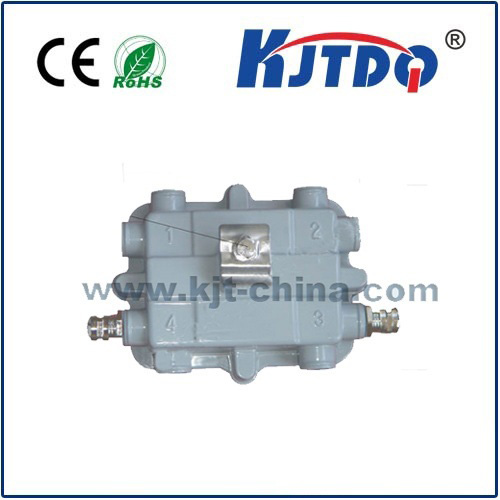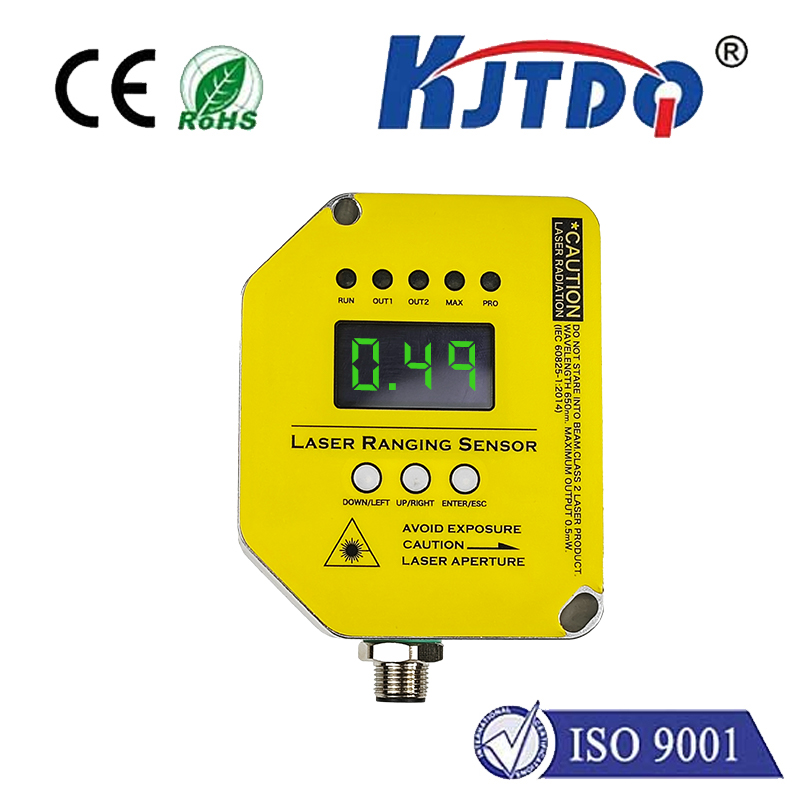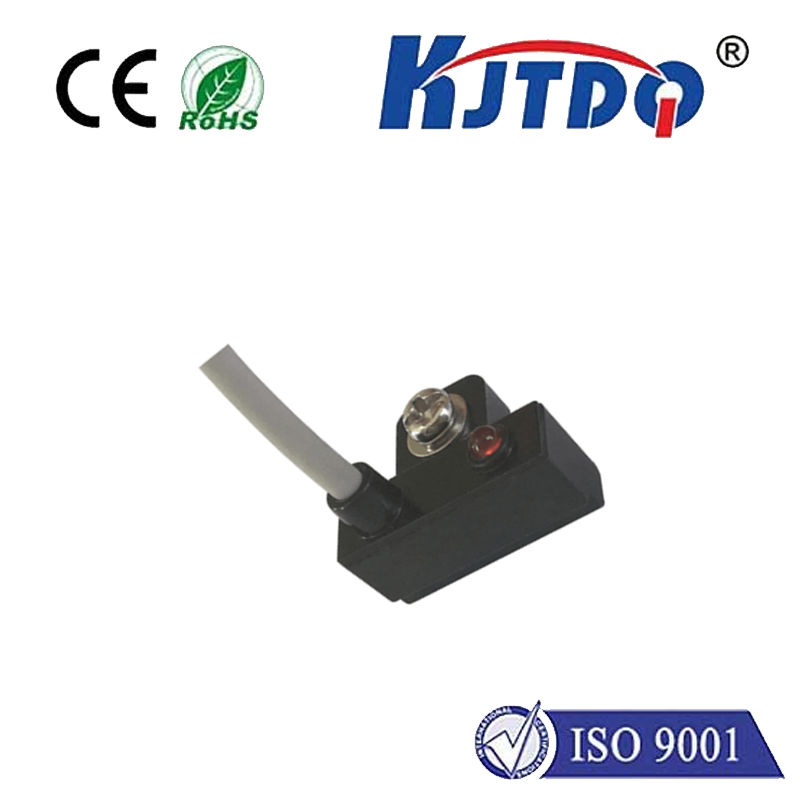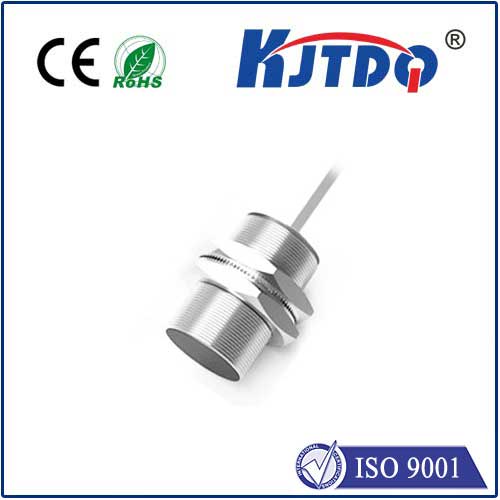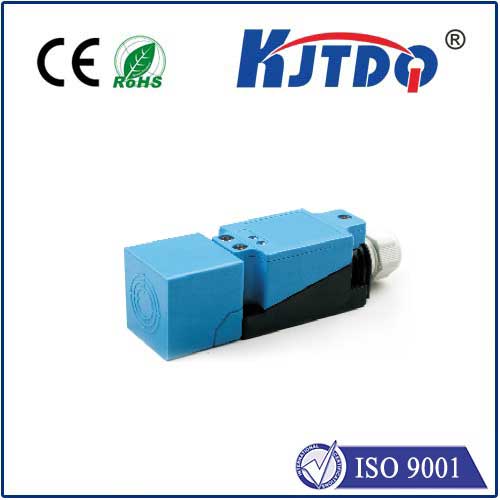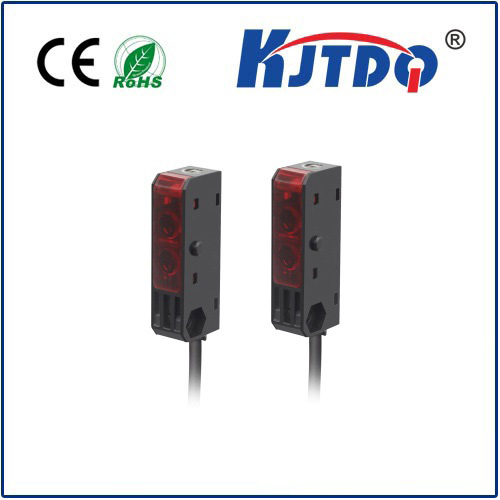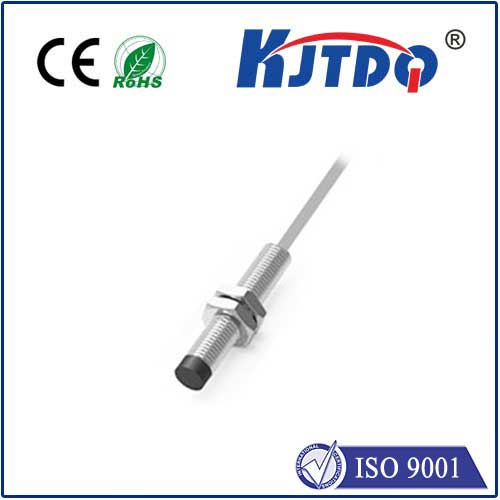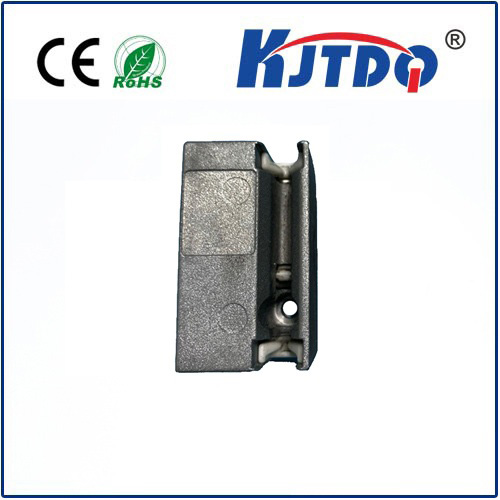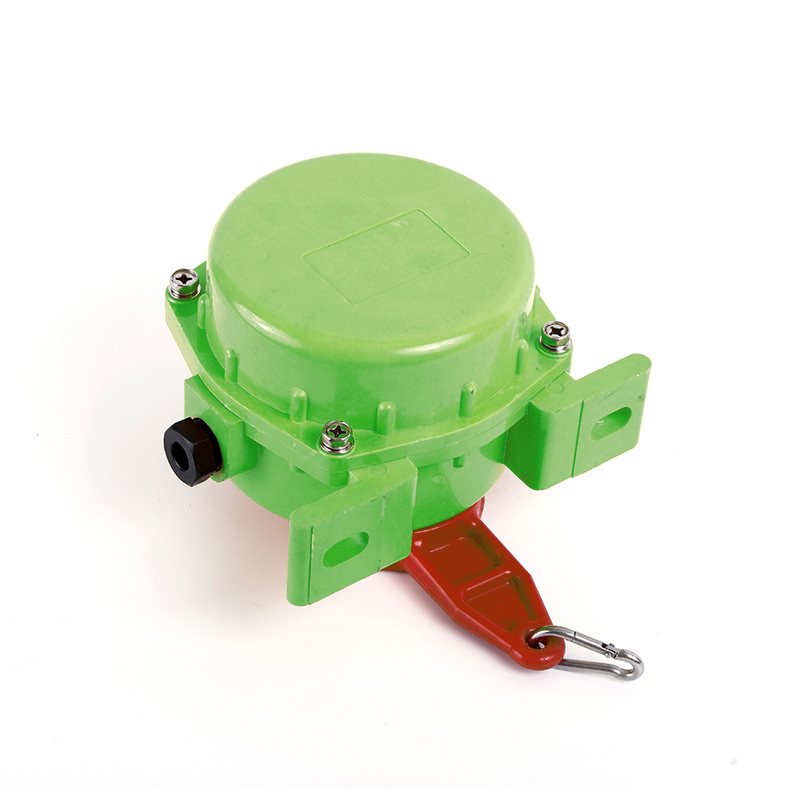
check

check

check

check

Exploring the World of NPN Photo Sensors: A Comprehensive Guide” In the realm of electronic devices, photo sensors are indispensable components that play a crucial role in various applications. Among these, NPN photo sensors stand out due to their unique characteristics and advantages. This article delves into the world of NPN photo sensors, shedding light on their working principle, applications, and benefits. Firstly, let’s understand what an NPN photo sensor is. NPN stands for Negative-Positive-Negative, which refers to the type of transistor used in the device. In an NPN photo sensor, light is absorbed by a photodiode, generating electron-hole pairs. These pairs recombine, creating a flow of current that is proportional to the intensity of the incident light. The resulting electrical signal can be measured and used for various purposes. One of the key features of NPN photo sensors is their high sensitivity. They can detect even the slightest change in light intensity, making them ideal for applications that require precise measurements. Additionally, they have a quick response time, allowing them to react rapidly to changes in lighting conditions. This makes them suitable for use in environments where speed and accuracy are critical. The applications of NPN photo sensors are vast and diverse. They find extensive use in automation systems, such as conveyor belts and security systems. In these systems, they help detect objects or people, triggering appropriate actions like opening doors or stopping machines. Furthermore, they are widely used in consumer electronics, including television remote controls, smartphones, and digital cameras. In these devices, they enable seamless communication between different components, enhancing user experience. Apart from their practicality, NPN photo sensors offer several advantages over other types of photo sensors. Their compact size allows them to be easily integrated into various devices without taking up much space. They also consume low power, making them energy-efficient options for electronic systems. Moreover, they have a long lifespan, ensuring reliable performance over an extended period. In conclusion, NPN photo sensors are powerful tools that play a vital role in our daily lives. With their exceptional sensitivity, quick response time, and wide range of applications, they have become indispensable in various fields. As technology continues to advance, we can expect further innovations and improvements in NPN photo sensors, paving the way for even more remarkable advancements in electronic devices.
